From hacking the system to creating software to monitor blood sugar levels for children
John Costik is a software engineer in New York whose 4-year-old son has type 1 diabetes. In February 2013, he switched from measuring his capillary blood sugar dozens of times a day to wearing a continuous glucose monitor (CGM) that gives results every 5 minutes.
However, at that time there was no commercial application that allowed remote CGM monitoring so that parents could know their child's blood glucose values remotely, while the child was at school, at a friend's house, or even sleeping in another room overnight.
So Costik hacked the system to create software that pushed CGM data to the internet to get his child’s real-time glucose readings. He then announced his invention on Twitter, which brought Lane Desborough, a California engineer and “diabetic dad,” to the attention of Ross Naylor, who also has type 1 diabetes, and a few others to collaborate on the open-source code, calling it Project Nightscout.
Nightscout allowed real-time access (https://www.nightscout.info/) to CGM data via a personal website, long before commercial applications allowed remote monitoring of CGM data.
It was the first big innovation by patients, for patients, that allowed them to make big changes in diabetes management. First, they developed open source remote monitoring software that others could use to build their own monitoring systems, and then they created automated insulin delivery devices and smartphone apps.
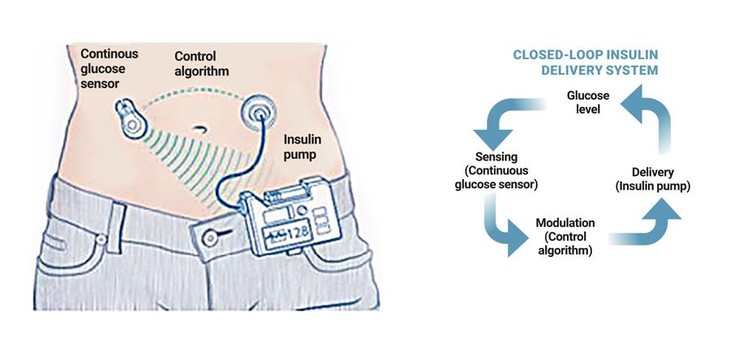 |
Artificial Pancreas: A Connected Brainchild of Diabetics |
Costik's Twitter post not only brought real-time access to CGM data, it also led to the birth of a digital diabetes self-management movement — the first D-Data ExChange in November 2013.
Qualified individuals ( medical professionals, software designers, engineers) come together with people affected by type 1 diabetes to find ways to improve the use of diabetes management technology and the lives of people with type 1 diabetes.
To the first FDA-approved patient project
Then, Tidepool - an automated insulin dosing app for Apple Watch founded by Desborough - became the first patient-led project to be approved by the FDA in January 2023.
Around the same time, Dana Lewis, who has type 1 diabetes, also saw Costik’s tweet. She and her boyfriend, then husband, Scott Leibrand, were trying to solve the problem of Lewis not being able to adjust the volume of her CGM alarm, which put her at risk of hypoglycemia at night. Lewis used Costik’s open-source code to create a DIY automated insulin delivery system.
In 2014, Dana and Scott met Ben West, a software engineer who was able to program an insulin pump to work automatically. After 3 months of working together, they successfully connected all the components (CGM data, insulin pump) and created a closed-loop artificial pancreas system.
They sent CGM and insulin pump data to a Raspberry Pi, a small, affordable computer, in a system that automatically causes the insulin pump to pause insulin delivery for about 30 minutes when a patient's blood sugar drops to a certain low threshold, with the goal of reducing hypoglycemia.
The source code is released as part of the Open Artificial Pancreas System (OpenAPS) project. The goal of the project is to make the underlying artificial pancreas system technology widely available to improve the safety of people with type 1 diabetes.
Over time, advanced algorithms will allow for automatic discontinuation of insulin when blood sugars monitored on the CGM trend low, or automatic injection of a series of microboluses of insulin, similar to how some commercial automated insulin delivery systems work today.
OpenAPS is a technological breakthrough that allows for rapid customization, integration, and adjustment—and doesn’t require years of rigorous testing and FDA approval. In 2015, software engineer Nate Rackyleft (who has type 1 diabetes) and computer scientist Pete Schwamb (whose son, Riley, has diabetes) used OpenAPS code to create another automated insulin delivery system, allowing an iPhone app to become the interface for an automated insulin pump called Loop.
Rackyleft used Python code to automate his insulin needs. Schwamb created a Bluetooth bridge to a CareLink radio device made by Medtronic Diabetes. He named the new device RileyLink after his daughter. RileyLink transmits radio frequency communications to and from a pump (originally a Medtronic MiniMed) and converts it into low-energy Bluetooth to communicate with an iPhone app that automates insulin delivery algorithms.
The Loop system was released to the open source community in October 2016 and works with any insulin pump. Loop can predict changes in glucose levels and automate insulin delivery based on CGM results and the user's information about carbohydrate intake.
As a result, diabetics can now create their own app to automate insulin delivery, using their preferred pump technology. Loop also allows for more fine-tuning of the insulin settings in the algorithm, including personalized glucose targets and blood glucose thresholds that automatically stop insulin infusion.
Using Nightscout and Loop together, one can track not only CGM data but also insulin pump data, so that insulin doses and responses to those doses can be viewed in real time and people with diabetes – and their caregivers – can more easily visualize and understand the data. This also makes it easier for clinicians to access their patients’ diabetes data in real time.
In November 2016, the Facebook group “Looped” was launched to connect people interested in using Loop, including people with diabetes, parents of children with diabetes; as well as clinicians, diabeteseducators , and others interested in learning more about how DIY systems work.
The group now has more than 32,100 members. In September 2018, another online group, Loop and Learn, was created to provide community-based support for DIY insulin delivery system users.
This movement also laid the groundwork for interoperable devices, allowing an individual to choose the best CGM or pump for their condition and have both devices communicate with each other, even if the companies that make them don't create this integration, as the FDA didn't authorize the Dexcom G6 as the first fully interoperable CGM system until March 2018.
The story above highlights the power a small group of people with chronic conditions can achieve by coming together and sharing their knowledge. Making the code open source makes it more accessible to the wider diabetes community, allowing people to have automated insulin delivery systems long before commercial devices are available.
Source


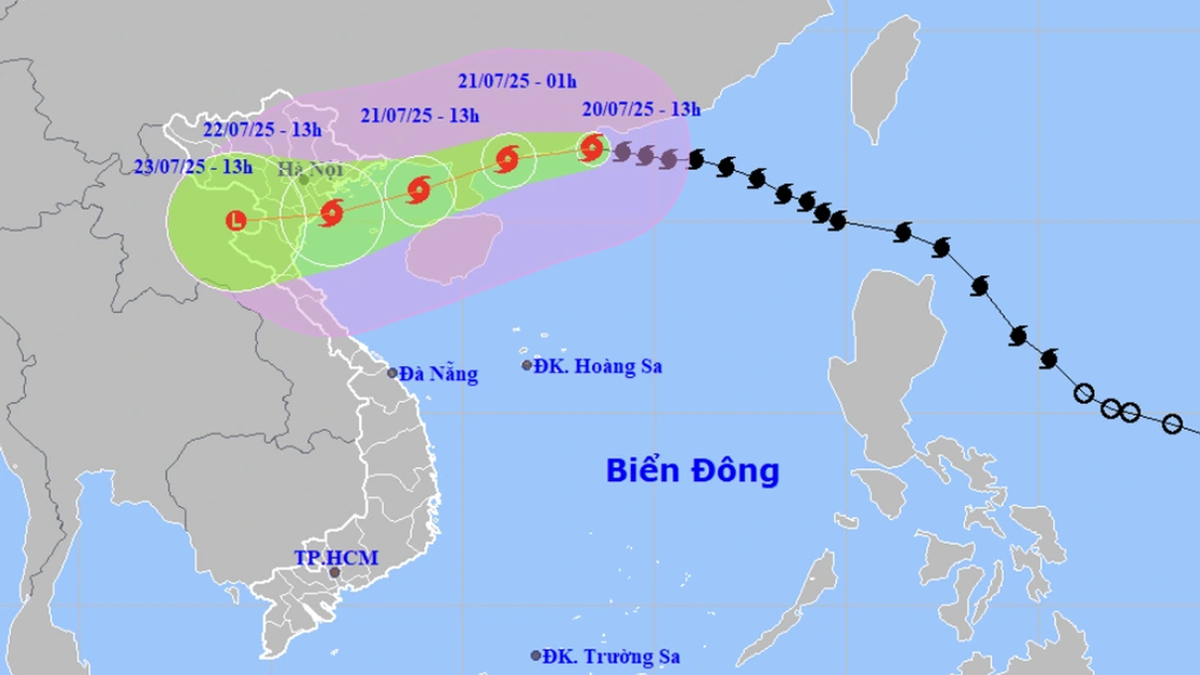
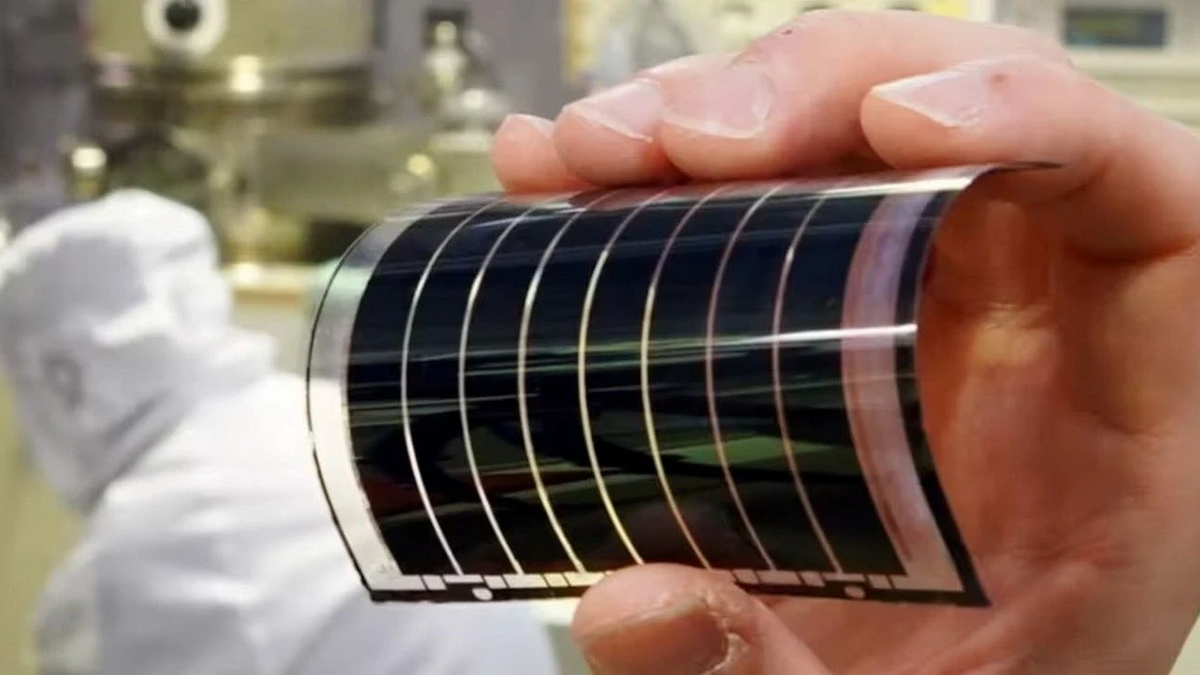
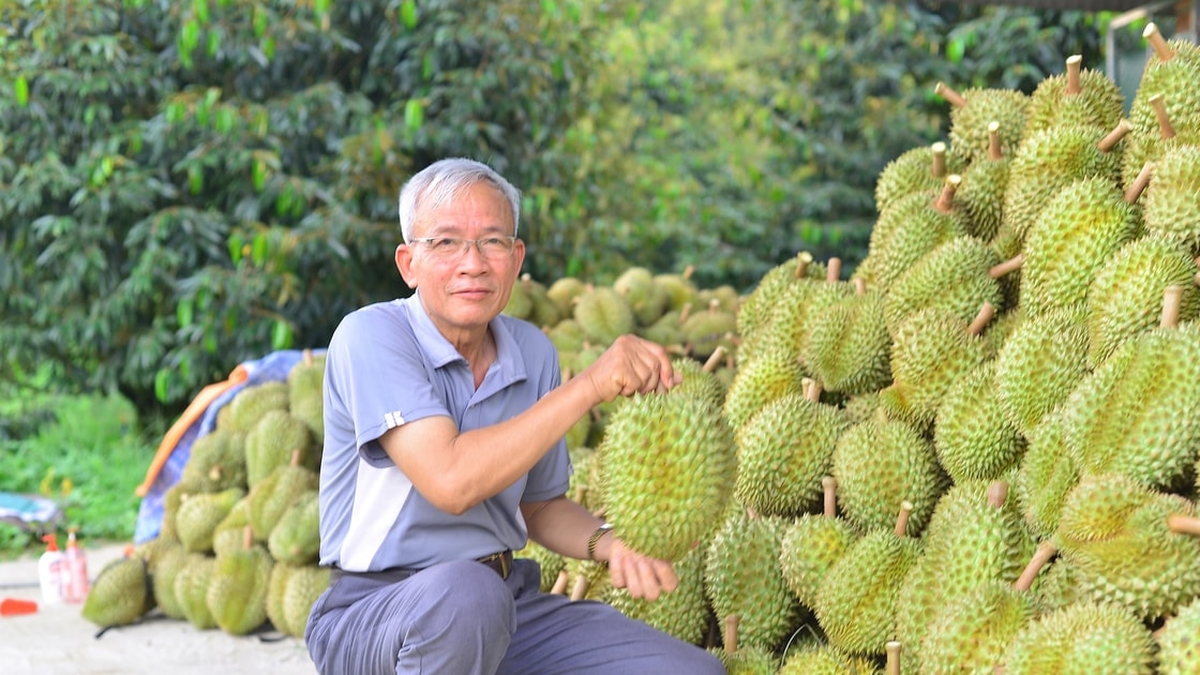
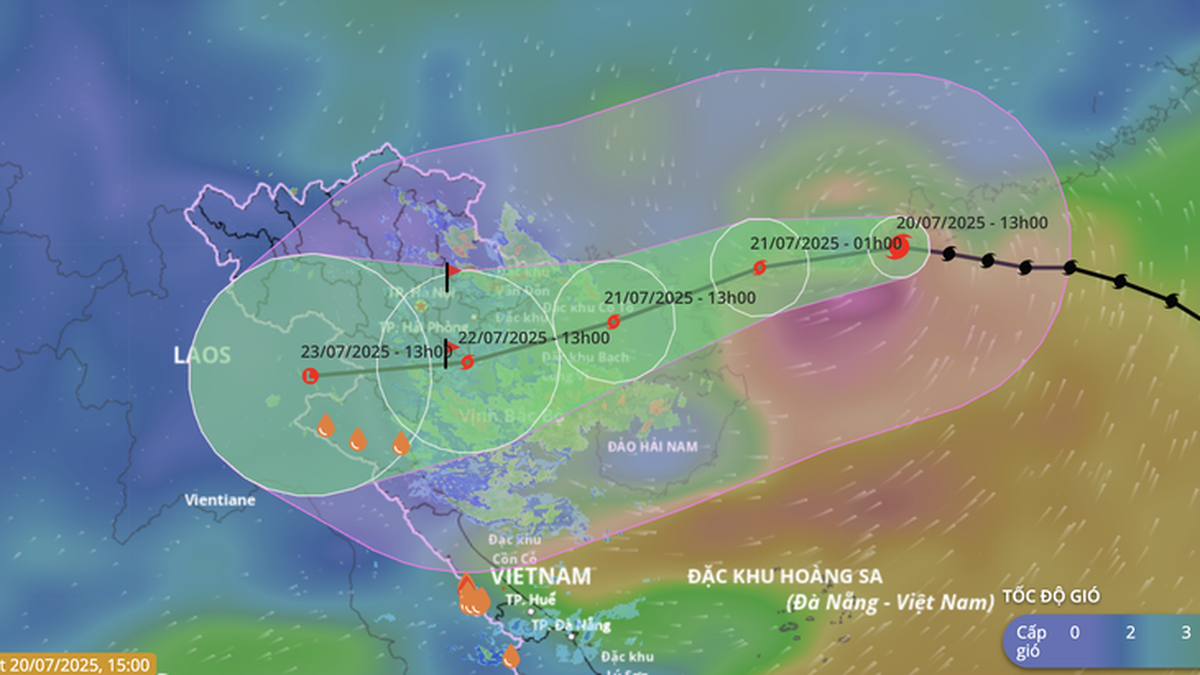


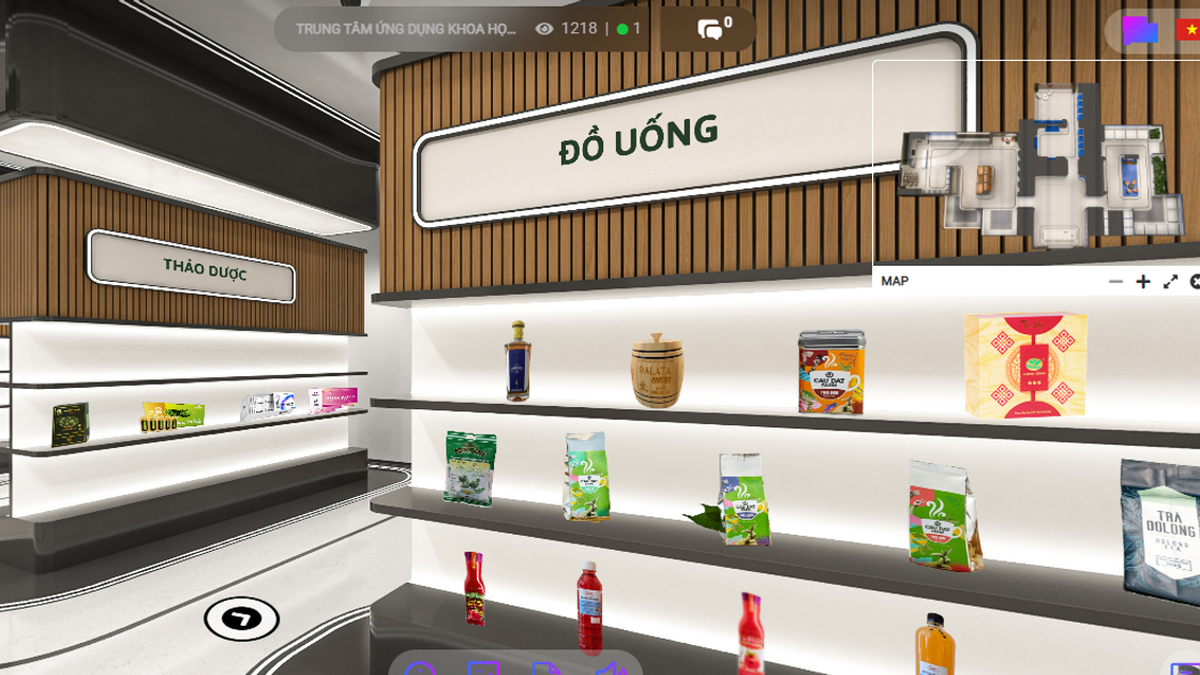


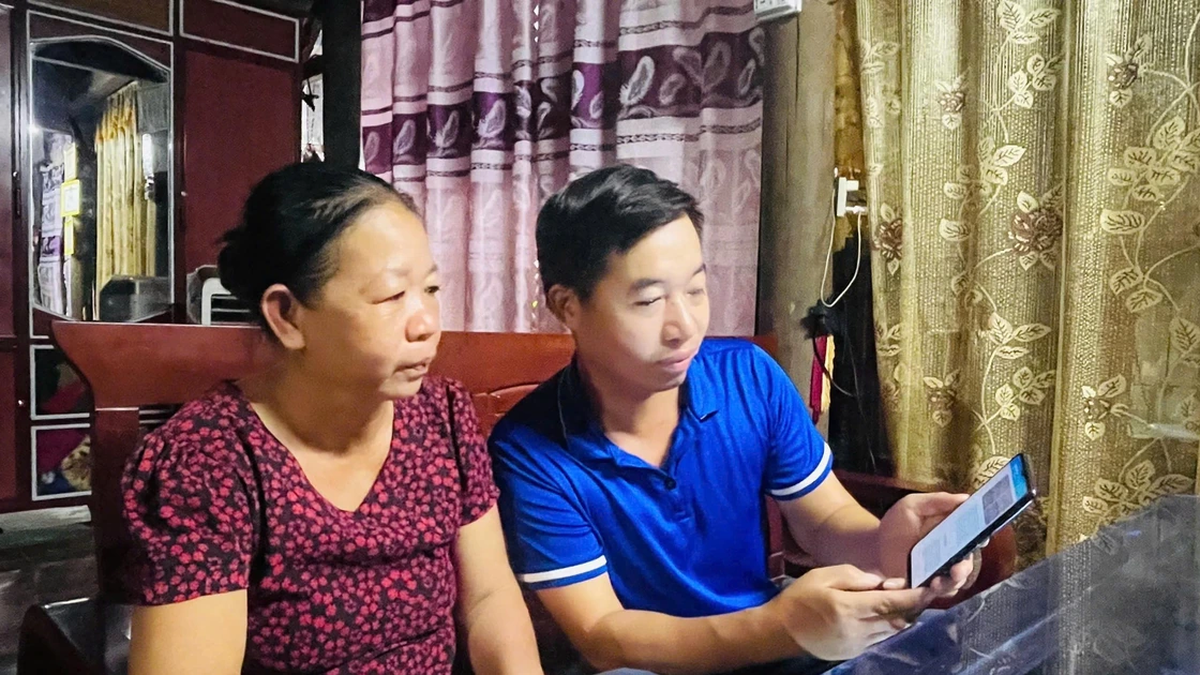



















![[Photo] National Assembly Chairman Tran Thanh Man visits Vietnamese Heroic Mother Ta Thi Tran](https://vphoto.vietnam.vn/thumb/1200x675/vietnam/resource/IMAGE/2025/7/20/765c0bd057dd44ad83ab89fe0255b783)













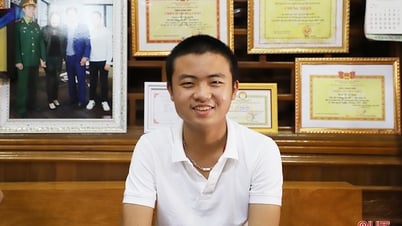
















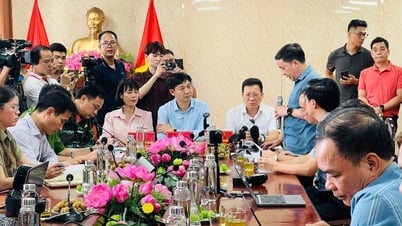

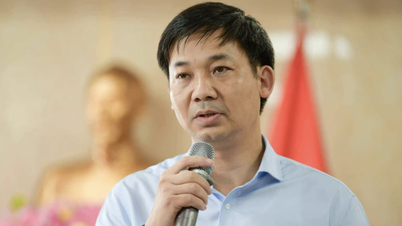
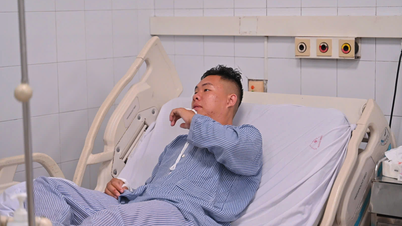





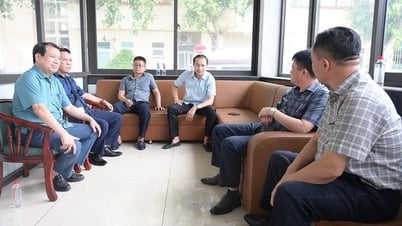
























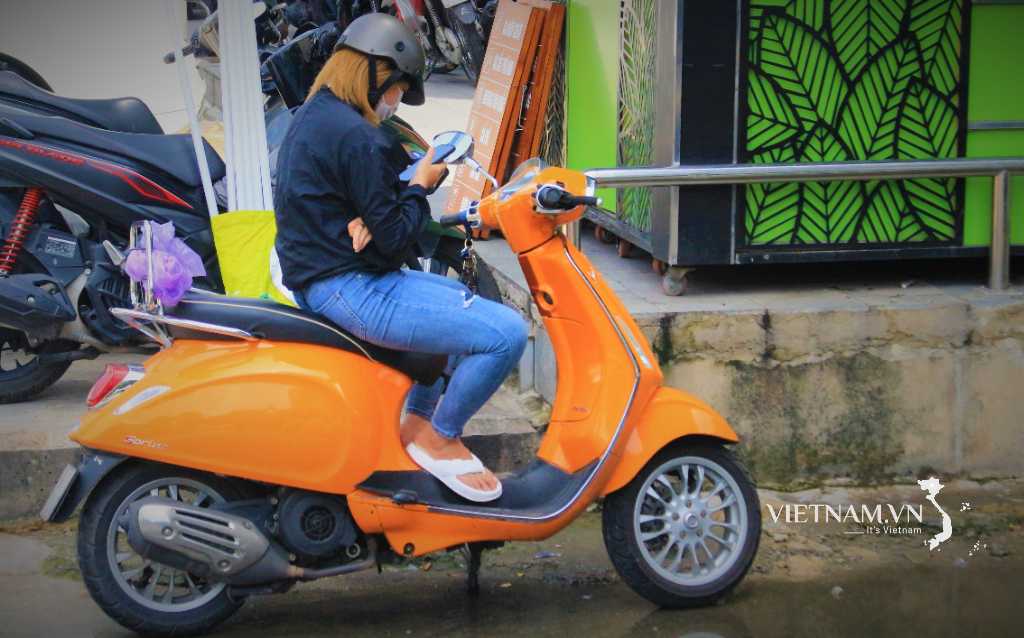

Comment (0)